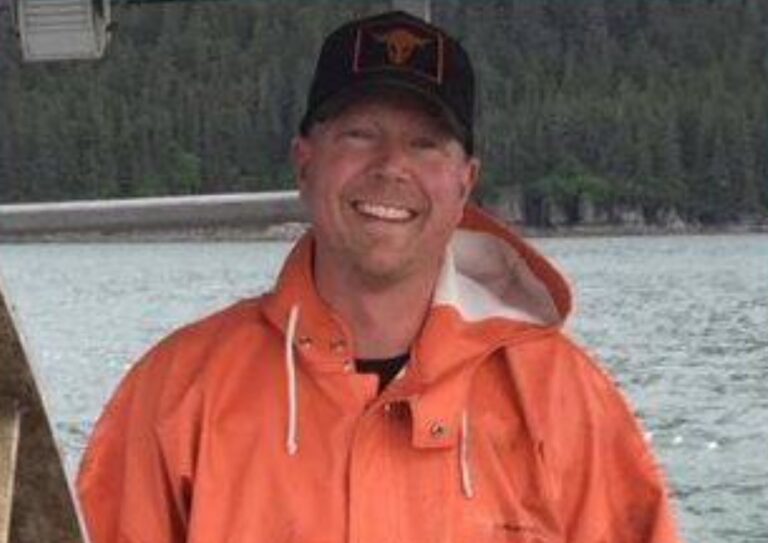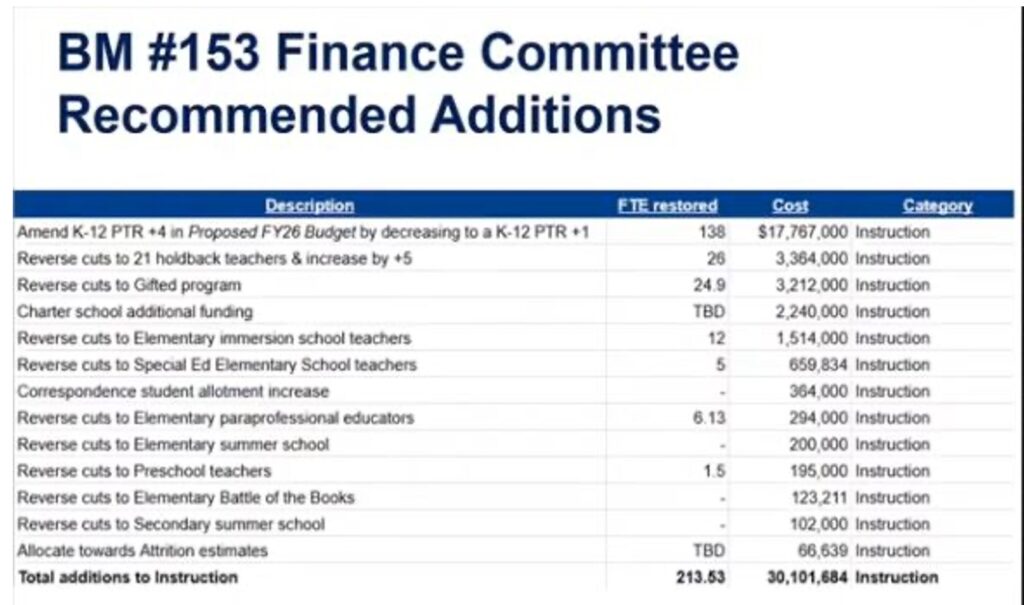By BETHANY BLANKLEY | THE CENTER SQUARE
Since President Donald Trump took office, U.S. Border Patrol has seen an unprecedented surge in applications from men and women who want to serve at the U.S. borders.
From January to April 2025, USBP received 34,650 applications, representing a 44% increase over the same four-month period in 2024, U.S. Customs and Border Protection says.
“This historic spike in applicants is a direct reflection of the renewed national commitment to border security under the leadership of President Trump, the Department of Homeland Security, and U.S. Customs and Border Protection,” it said.
Under Border Patrol Chief Mike Banks, Texas’ first Border Czar, the first quarter of 2025 marks “the most successful four-month recruitment stretch in the agency’s history.”
In January, the month Trump was sworn into office, Border Patrol received the highest number of applications in recorded history since the agency’s founding in 1924.
“The continued surge in applications speaks volumes about the pride and purpose Americans see in joining the U.S. Border Patrol,” Banks said. “We thank President Trump and Secretary Noem for their leadership and commitment to strengthening our workforce and mission readiness.”
The increase in applicants also underscores the public’s confidence in the Trump administration’s enforcement priorities “and the sense of purpose Americans feel in answering the call to protect the homeland,” CBP said.
Recruitment gains also increased after the agency enhanced its outreach, including targeted hiring incentives, and reached out to veterans and law enforcement professionals who bring mission-ready experience to consider serving in Border Patrol.
The news is a reversal of morale under the Biden administration when agents retired, resigned or committed suicide in record numbers.
At the height of the border crisis under the Biden administration, 17 Border Patrol agents committed suicide in 2022. At a congressional hearing in 2023, Chris Cabrera, vice president of the National Border Patrol Council, testified before Congress about the hardships Border Patrol agents were experiencing, The Center Square reported.
“To put that in perspective,” the New York Police Department’s roughly 35,000-man force lost four to suicide, he said.
“We see a lot of stuff out there that the average person doesn’t see. What hits folks the hardest is what happens with the children,” he said, referring to human trafficking and unaccompanied minors being smuggled across the border.
“It’s a difficult job. It’s increasingly getting harder by the fact that we’re not put in a position to do the job that we were trained to do,” he said, referring to agents being pulled from patrolling the border and fulfilling their mission of national security. Under the Biden administration, they were ordered to release foreign nationals into the country instead of processing them for removal. Those orders violated federal law, he argued, by implementing a policy of “catch and release,” a policy President Donald Trump ended.
At the time, he and others argued Border Patrol needed several thousand more agents to respond to the crisis, adding to roughly 19,300 working in USBP at the time.
Under the Biden administration, USBP’s attrition rate was 6.9% – 72% higher than that of the Office of Field Operations – and was “expected to climb to over 9% by 2028.”
Under Trump, who was endorsed by the Border Patrol union, that trajectory has reversed in just a few short months.










